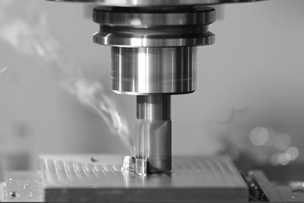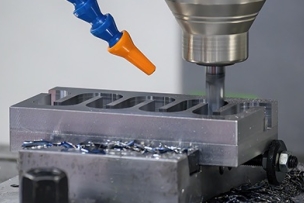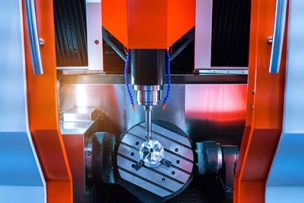Climb milling is the most common method of milling a part whether it's the surface or periphery of a part. Climb milling as the name would indicate attempts to pull itself through the cut.
Climb milling is the most common method of milling a part whether it's the surface or periphery of a part. Climb milling as the name would indicate attempts to pull itself through the cut. Learn more in the short video above.
Previously Featured on Greenfield's YouTube channel.
Video Transcript
There are two types of milling – climb milling and conventional milling. Climb milling is the most common method of milling a part whether it's the surface or periphery of a part. Climb milling as the name would indicate attempts to pull itself through the cut. When feeding the cutter in this way, the flute's first contact is with the outer surface of the cut. At this point, the chip is at the heaviest and gets thinner as the flute sweeps through its arc. Climb milling should only be used in power feed applications. Attempting to use it for hand feeding can have catastrophic consequences.
Conventional milling has opposite feed characteristics. The cut starts on the inner wall of the cutter. It creates a chip that starts out thin and becomes heavy as the flute exits the cut. This means the cutter has no chip as it starts which causes deflection in the cutter and other parts. Very few applications lend themselves to conventional milling. Two that come to mind are milling with a manual-fed machine and milling an edge that has a harder shell such as contour milling flame or plasma cut blanks.




Talk to Us!
Leave a reply
Your email address will not be published. Required fields are marked *